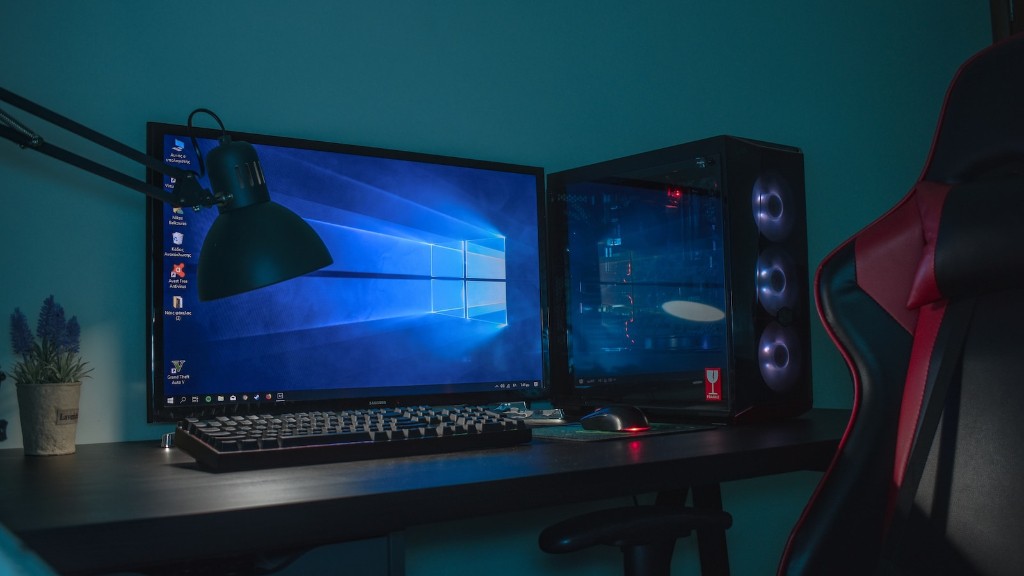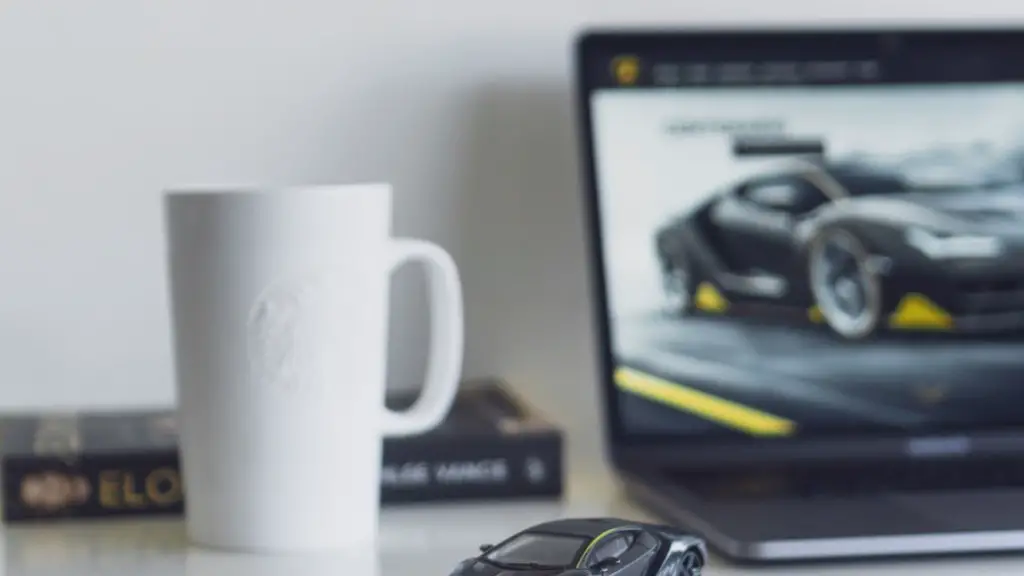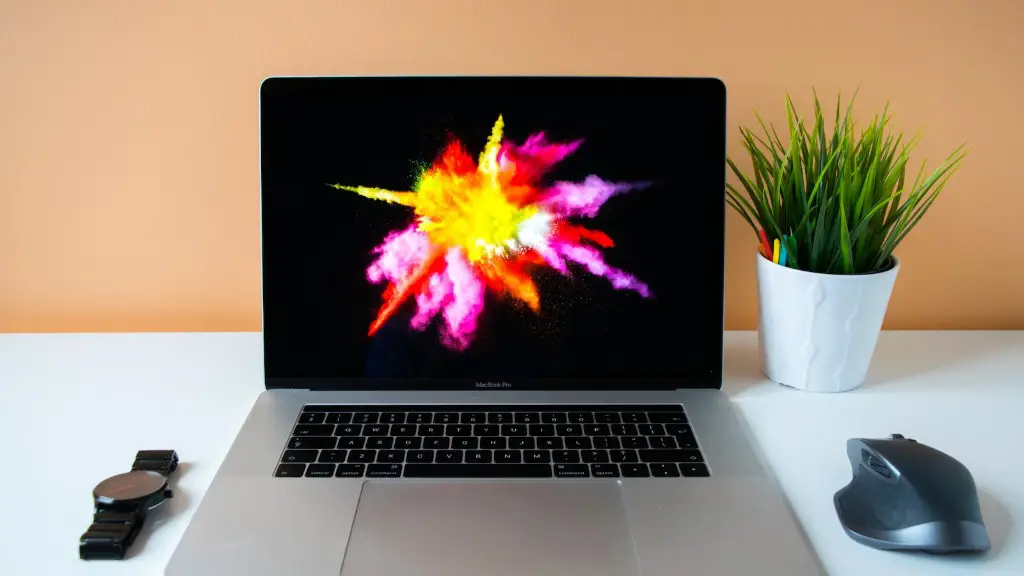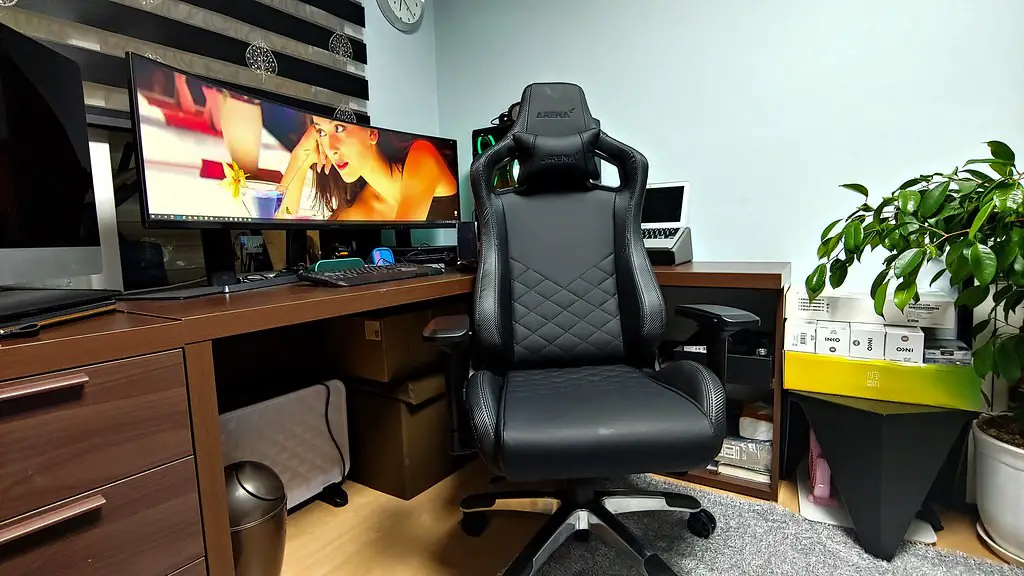If you are building a gaming PC, then you’re no doubt wondering if 600 watts is enough power to run your rig. The short answer is that it depends on the components chosen and the desired settings. For example, if you opt for a high-end graphics card and an overclocked processor, then 600 watts may not be sufficient. But let’s look at the issue in more detail.
To begin with, what do you need to consider when evaluating the adequacy of a power supply? Generally speaking, you have to have an idea of the wattage and amperage levels of the components you plan to install in your PC. This will allow you to ascertain how much power you need to maintain the desired level of performance, with some room for expansion. Once you have these parameters, you can work out an estimate of how much power your machine will consume.
The next step is to consider the watts per channel that your power supply is capable of delivering. A 600-watt power supply will typically be able to provide around 30 amps per 12-volt line. Since modern gaming PCs can draw up to 360 watts from the 12-volt rail, this would leave you with an inadequate power supply for your needs.
Assuming you’ve done your calculations and have determined that 600 watts is enough for your rig, there are still a few other factors to consider. For instance, a quality power supply should meet 80% efficiency at the rated wattage. That means the actual amount of power that reaches your components will be substantially lower than the label on the power supply suggests. It should also have features such as Active Power Factor Correction and Universal Input Voltage.
On top of these, you need to consider the type of connectors available on the power supply. It needs to have the necessary cable connections for all the components you intend to install. If you are running multiple GPUs, then having a power supply with two 8-pin PCIe power connectors would be advisable. This will allow each GPU to draw the required power from a separate connector rather than sharing one.
Finally, you need to consider the form factor. A 600-watt power supply could come in various designs such as ATX, SFX, and TFX. The actual space available in your rig and the design of your motherboard will determine the right form factor for you.
GPU
When it comes to gaming PCs, GPUs play a huge role in the power consumption. The performance of a GPU can range from 30 to 375 watts depending on the model and settings. High-end GPUs such as the RTX 3000 series are known to draw up to 375 watts under stress, so a 600-watt power supply may not be able to keep up.
Of course, you can always go for a lower-end GPU that has a power draw of 30 watts or thereabouts. However, this may not be enough for most gamers as they will want to run the latest games with high settings. So, unless you’re going for a budget build, 600 watts might not be enough to power your gaming PC when you also factor in the power draw of your GPU.
In addition, if you plan to use multiple GPUs then the power supply requirement would be even higher. For example, an SLI or CrossFire setup could draw up to 600 watts depending on the components used. If you plan to use multiple GPUs in your setup, then you should ensure that your power supply is rated for at least twice the wattage you need.
Finally, if you are planning to overclock your GPU then you should go for a higher-wattage power supply as overclocking will draw more power from the unit. This can be as much as 150 watts if you push the overclocking too far.
CPU
When it comes to power consumption, CPUs come in a wide range of wattage. Nowadays, CPUs require anywhere from 45 to 125 watts of power depending on their architecture. For example, the Ryzen 9 3900X has a TDP of 105 watts while the Intel i9-11900K has a TDP of 125 watts.
When it comes to overclocking, you need to bear in mind that the power consumption can be quite high. Generally speaking, a CPU overclocked to 4.5GHz can easily draw up to 250 watts if coupled with a high power GPU. So, if you plan to overclock your CPU then you should get a high-wattage power supply to avoid any problems.
That being said, it is important to point out that 600 watts should be enough for most gaming PCs unless you are using multiple GPUs or extreme overclocking. You should also remember to factor in the power draw of any additional components that you plan to install in your gaming PC.
Storage
Modern storage solutions such as NVMe SSDs and high-capacity hard drives can have quite an impact on the overall power requirement of your gaming PC. While it may not seem much, the total power draw of your storage can be quite significant if you have multiple drives installed. This is because they all draw power from the 12V rail.
Smaller SSDs will have a power draw of up to 10 watts whereas hard drives can draw up to 20 watts of power. If you plan to run multiple drives, then you should ensure that your power supply is up to the task. For example, a standard 600-watt power supply should be able to handle up to four SSDs.
However, it’s important to note that this depends on the type of storage and the number of drives you plan to install. If you opt for NVMe SSDs, then the total power requirement can easily exceed 10 watts for each drive. In this case, it is recommended that you go for a higher-wattage power supply to ensure that your system is able to handle the load.
RAM
Modern RAM requires very little power to operate, so it should not have any impact on the wattage requirement of your system. Generally speaking, a single stick of RAM can draw anywhere from 8 to 10 watts depending on the type and size of RAM used.
Of course, you should also consider the total memory capacity of your gaming PC when deciding if 600 watts is sufficient for your needs. Generally speaking, power requirements increase as the RAM quantity increases. This could be as high as 6 watts per stick if you opt for a high-capacity configuration. For example, a 64 GB system may draw more power than a 32 GB system, so you should consider this when making your purchase.
Peripherals
If you plan to use additional peripherals such as a gaming keyboard, mouse and headset, then you will need to factor them in as well. Generally speaking, they should not have much of an impact on the total power consumption of your PC. For example, a gaming keyboard typically requires only 5 watts of power while a mouse can draw up to 2 watts. However, it is important to check the power requirements of each peripheral before you make your purchase.
Even though peripherals often require very little power, an inadequate power supply can still cause instability issues. For example, if your power supply is unable to provide steady power for all your components, then it could cause random reboots or other issues. So, it is important to make sure your power supply is up to the task before you make your purchase.
Conclusion
To sum up, 600 watts should be enough for most gaming PCs unless you are running multiple GPUs or high-power peripherals. It is important to consider the power requirements of each component before making your purchase to ensure that your system is able to handle the load. Finally, remember to factor in the power draw of the peripherals you plan to use as this could also reduce the overall performance of your gaming PC.




